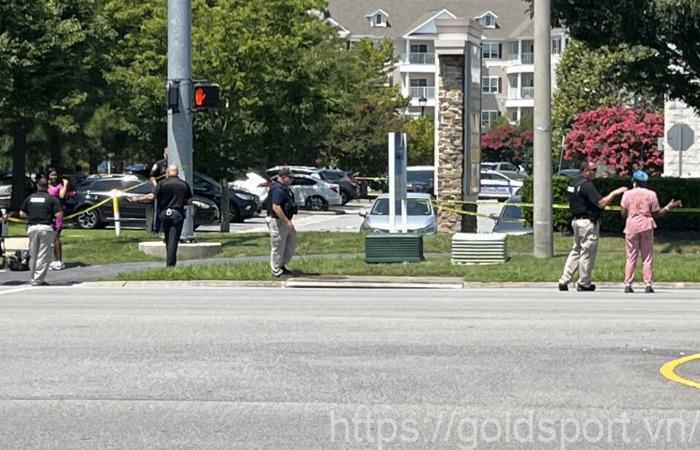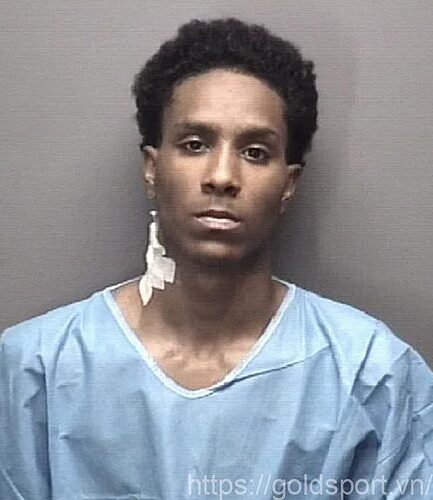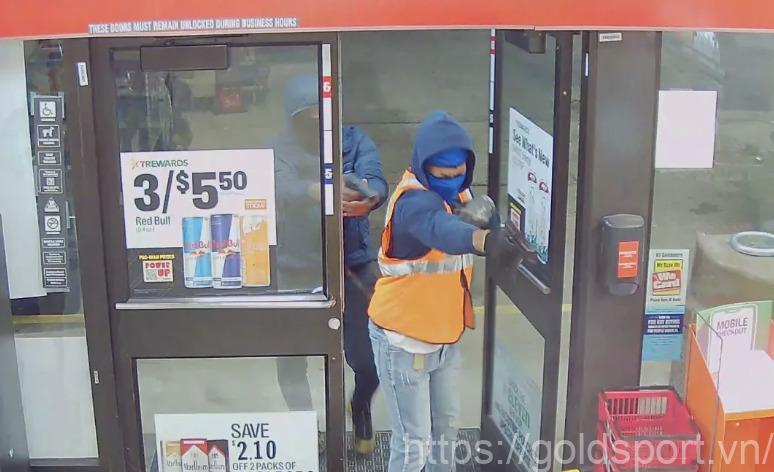Suffolk Shooting Tragic: Examining Mental Health Crisis Response

Here at Goldsport, we aim to provide comprehensive coverage of important local events like the recent fatal police shooting of a mentally distressed man in Suffolk County, New York. This incident, which occurred on October 11th, 2023 in the hamlet of East Northport, has raised difficult questions around police use of force, mental health crisis response, and the need for reform. In this in-depth article “Suffolk Shooting Tragic: Examining Mental Health Crisis Response“, we will examine the shooting itself, provide context around police procedures when dealing with psychiatric emergencies, and explore potential paths forward to prevent similar tragedies.

Watch Suffolk Shooting Video Original
[evp_embed_video url=”https://youtu.be/Pz1Px7Ib6g8?si=aSix-wd94GwC39dZ” poster=”https://goldsport.vn/wp-content/uploads/2023/10/suffolk-shooting-2023-10-13_00-16-51_531885.png” template=”mediaelement”]Police Response and Use of Force
The events leading up to the suffolk shooting began in the evening hours of October 11th, when concerned residents on Mander Lane in East Northport called 911 to report their neighbor, 54-year-old Alan Weber, acting erratically. According to reports from the Suffolk County Police Department (SCPD), Weber was spotted running from house to house, trying doors, leaving bloodied rosary beads on porches, and apparently directing traffic.
When officers arrived on scene at approximately 8:44 pm, they encountered Weber in his basement wielding two swords. Police say the officers first attempted to subdue Weber through use of a taser, but when this proved ineffective, lethal force was employed.
“The officers did use a Taser first. They did ask the subject to drop the swords. He had, once again, a fencing mask on as well,” said SCPD Commissioner Rodney Harrison at a press conference. “I was able to review the body-worn cameras this morning and at this time I believe it’s a justified shooting in suffolk.”
While police officials maintain the suffolk shooting was justified given the direct threat Weber posed, some neighbors have questioned whether deadly force was truly a last resort. Critics point out that up to six gunshots were heard, suggesting an excessive use of force beyond what was necessary to neutralize the immediate danger.

History of Mental Health Issues
According to residents of Mander Lane, Alan Weber had exhibited increasingly erratic and concerning behavior over the preceding weeks, likely tied to declining mental health. Neighbors described observing frequent bouts of depression and aggression ever since Weber split from his wife and children.
Many neighbors stated they had called police multiple times in attempts to get Weber psychiatric help.
“This man has been behaving erratically for the past couple of weeks. He was off his meds. Why didn’t they take him in before it escalated?” one resident told reporters.
Some have compared the handling of this incident to other recent cases where SCPD officers resorted to lethal force against individuals in mental distress. In a separate lawsuit, attorney Kenneth Mollins is alleging excessive force was used by police against his mentally ill client during a wellness check.
“Police in Suffolk County clearly, unequivocally, have no idea what to do in a situation when dealing with someone with mental health issues,” Mollin asserted.
Police Training and Mental Health
The SCPD officer who fatally shot Weber is trained in crisis intervention methods as part of the department’s Crisis Intervention Team (CIT) program. CIT teaches officers enhanced skills for dealing with mental health emergencies, with the goal of de-escalating situations and avoiding unnecessary uses of force.
But some are questioning whether CIT protocols were properly implemented in this case. Ideally, CIT-trained officers are able to identify signs of mental illness or distress and employ specialized tactics to stabilize the situation without violence. Critics argue more should have been done to de-escalate before resorting to lethal force.
The tragic outcome highlights concerns that mental health crisis training for police needs to be expanded and improved. In communities across the country, there are ongoing efforts to bolster crisis intervention capabilities among law enforcement and explore alternative response models that don’t rely as heavily on police officers alone.

Community Impact
In the East Northport community where the shooting in suffolk took place, residents have been left reeling. Neighbors who personally knew Alan Weber are grappling with the loss of a friend and member of their community. Others in the area have voiced outrage over what they feel was an unacceptable use of excessive force and lack of humanity shown to a man clearly undergoing psychiatric turmoil.
“You have to be vigilant. That’s it, vigilant of looking around and see is somebody needs some kind of help,” said local Leela James, encapsulating the heightened sense of alarm and skepticism toward law enforcement felt by many in the community.
Above all, neighbors impacted by the tragedy are united in their calls for full accountability and justice. They want to see changes implemented – whether to policing tactics, crisis response, or mental health infrastructure – that will prevent this heartbreak from happening to any other family or community.
Moving Forward
In the aftermath of this suffolk shooting, key questions remain regarding next steps and how all stakeholders can work to grow from this painful moment.
The investigation by the Homicide Squad of the SCPD is ongoing, which will hopefully shed light on the exact sequence of events and whether all proper procedures were followed. It remains to be seen whether any disciplinary action will be taken against the officers involved.
Police departments don’t just have a duty to avoid excessive force – they have a duty to protect and serve all citizens, even those in mental distress. So this tragedy underscores the importance of giving officers the knowledge and tools they need to resolve mental health crises safely and humanely. With better understanding, training, and non-violent options, the outcome here could have been avoided.
At the same time, communities must ask themselves how to provide better mental health support and outreach. Neighbors tried to get help for Alan Weber, but gaps clearly remained that allowed his situation to spiral out of control. Expanding mental health resources, social services, crisis prevention, and wraparound care could go a long way in stopping crises before police are needed at all.
And when police are needed, protocols like CIT provide promise if we continue improving and expanding such programs. With the right framework – one that puts de-escalation first while also getting people the help they need – we can envision a future where deadly force is only ever used as an absolute last resort. It won’t be easy, but if we can channel the pain of this tragedy into meaningful cooperation, progress is possible.








